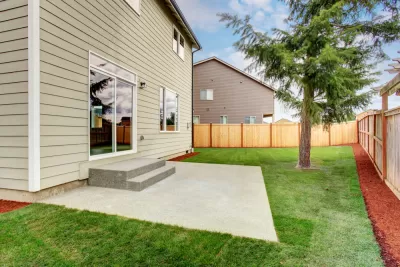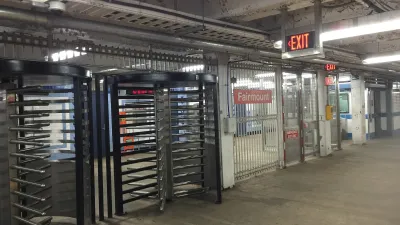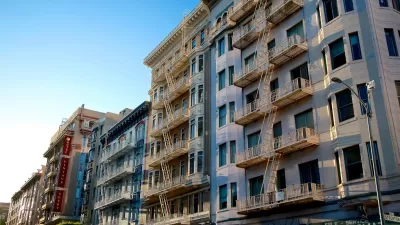As the footprints of the average suburban home grows and lot sizes shrink, the traditional sprawling yard is getting squeezed out.

Felipe Chacon of Trulia finds that the sprawling, grassy backyard that we once knew may be a thing of the past. Writing in Trulia's Blog, Chacon reports that since 1975, homes have grown to occupy more of their lot area—from 13.9% in 1975 to 25% in 2015. This isn't just a matter of homes growing in size, however, as it's coupled with a reduction in the typical lot size.
For homes built since the start of 2015, the estimated footprint is 2,113 square feet (down from an all-time high of 2,125 in 2014) while the lot they are built on has shrunk to 8,940 square feet, or 0.2 acres, bringing lot usage up to a near-record high of 25%.
Trulia's analysis finds that the most lot usage for single family homes is occurring in San Francisco and Philadelphia, while the least amount of lot usage is occurring in three New England towns (Worcester, Massachusetts, Hartford, Connecticut, and Bridgeport, Connecticut).
FULL STORY: The Incredible Shrinking Yard!

Maui's Vacation Rental Debate Turns Ugly
Verbal attacks, misinformation campaigns and fistfights plague a high-stakes debate to convert thousands of vacation rentals into long-term housing.

Planetizen Federal Action Tracker
A weekly monitor of how Trump’s orders and actions are impacting planners and planning in America.

In Urban Planning, AI Prompting Could be the New Design Thinking
Creativity has long been key to great urban design. What if we see AI as our new creative partner?

King County Supportive Housing Program Offers Hope for Unhoused Residents
The county is taking a ‘Housing First’ approach that prioritizes getting people into housing, then offering wraparound supportive services.

Researchers Use AI to Get Clearer Picture of US Housing
Analysts are using artificial intelligence to supercharge their research by allowing them to comb through data faster. Though these AI tools can be error prone, they save time and housing researchers are optimistic about the future.

Making Shared Micromobility More Inclusive
Cities and shared mobility system operators can do more to include people with disabilities in planning and operations, per a new report.
Urban Design for Planners 1: Software Tools
This six-course series explores essential urban design concepts using open source software and equips planners with the tools they need to participate fully in the urban design process.
Planning for Universal Design
Learn the tools for implementing Universal Design in planning regulations.
planning NEXT
Appalachian Highlands Housing Partners
Mpact (founded as Rail~Volution)
City of Camden Redevelopment Agency
City of Astoria
City of Portland
City of Laramie





























